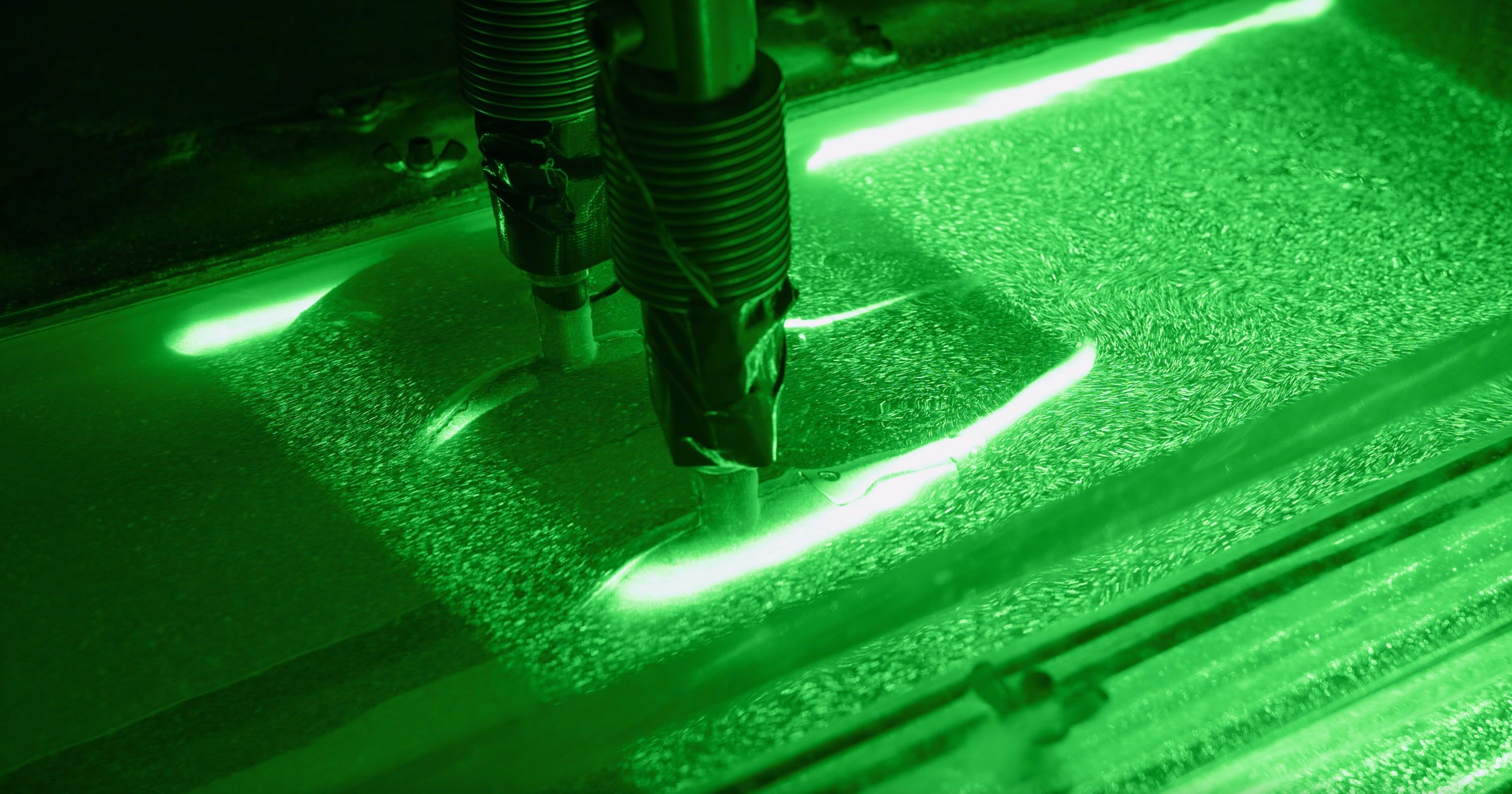Studying Hydrodynamic Interactions in Schooling Fish Using Robotic Models

When fish swim in groups, they not only respond to what they see but also to the flow of water around them—flow that they generate and that is affected by the movements of others. These hydrodynamic interactions are thought to play a key role in how fish coordinate within schools, but they are extremely difficult to study using traditional modeling or simulations due to the complexity of turbulent flows.
To explore this hidden layer of interaction, we use bioinspired robotic fish that closely mimic the shape, motion, and swimming patterns of real fish. These robots can precisely replicate the movements of fish observed in natural schools, allowing us to reconstruct and measure the surrounding fluid dynamics in great detail.
By combining robotic replay, flow measurement techniques, and data-driven modeling, we investigate what kinds of hydrodynamic cues (if there are) fish may be sensing and how such cues might carry social information—like the presence, direction, or effort of a neighbor.
Back to All Research